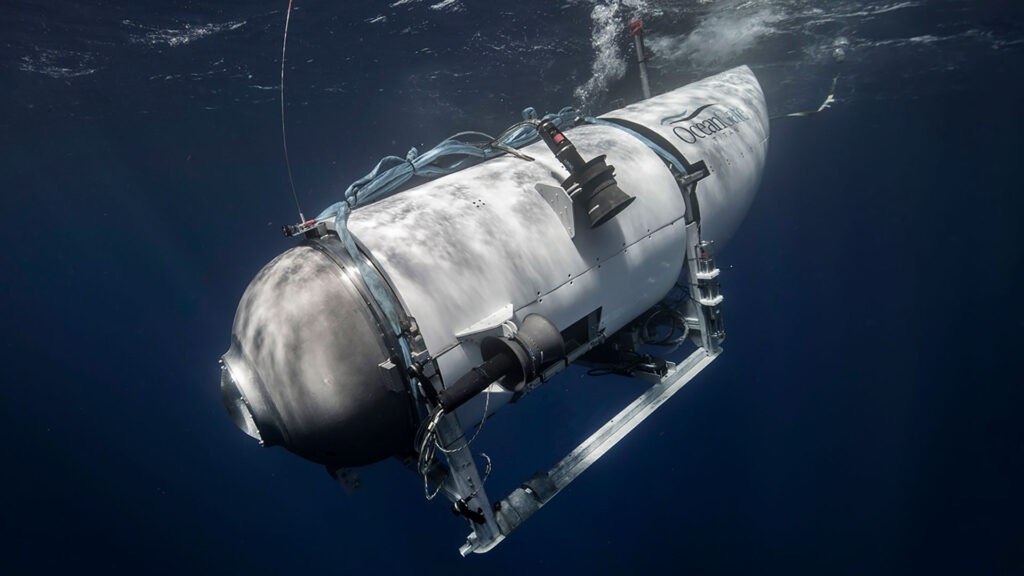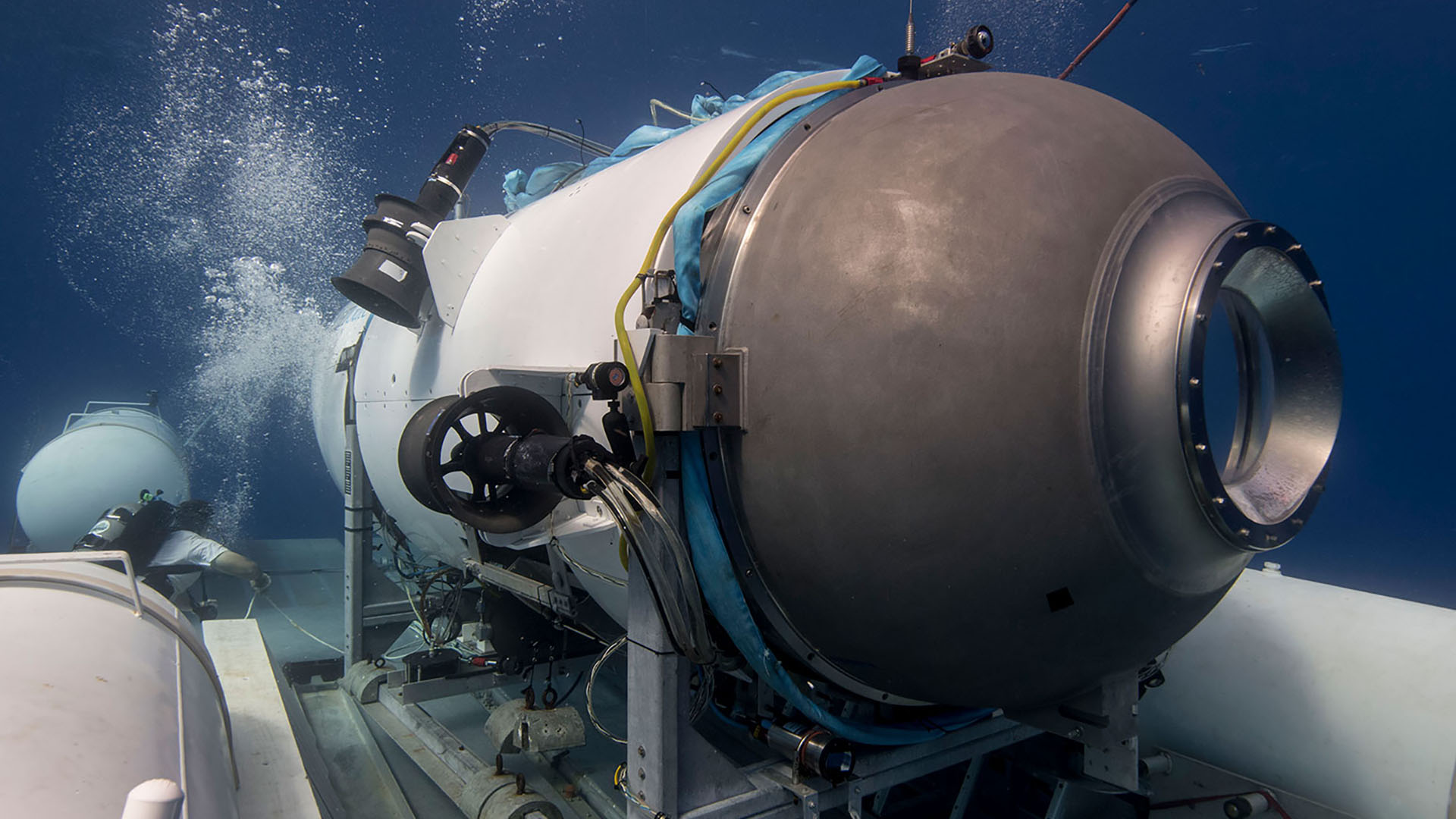The US Coast Guard says it has found “presumed human remains” in what remains of the Titan submarine, which suffered a catastrophic implosion during its descent to the wreck of the Titanic.
It is a macabre discovery, but one that will be important in the investigative work that is underway to understand precisely what happened on board the submarine Titan, which had left to explore the wreck of the Titanic on the 18 June 2023. The carcass of the small submersible, brought back to land on June 29, contains ” alleged human remains “.
This find in the debris of the bathyscaphe was announced on June 28 by the US Coast Guard in a press release. ” American medical professionals will carry out a formal analysis of the suspected human remains which were carefully recovered from the wreckage at the site of the incident.. »
The Titan’s remains were landed in St. John’s, Newfoundland, Canada. They will now leave for the United States, in a port where it will be possible to conduct ” further analysis and testing “, specifies the US Coast Guard. Five people were on board the Titan. An American, pilot of the submarine, three Britons and a Frenchman.

A week of research, in vain
The submersible had been missing since June 18, a few hours after its departure. In principle, the oxygen reserves should allow the crew to hold out until June 22. However, it appeared that the craft did not resist the pressure during its dive. The Titan suffered a catastrophic implosion », detected the very day of the departure of the expedition.
However, the sound signature spotted by the US Navy on June 18 could not be accurately characterized. However, it had served to guide research in a vast area of 20,000 km² (twice the area of Île-de-France), and up to 4,000 m deep). Significant resources had been deployed, including a French robot capable of descending to 6,000 m.
In the great depths of the ocean, which are poorly mapped, you cannot rely on GPS to locate yourself: the water hinders the circulation of waves. At 3,800 m depth, where the liner is, we are invisible to the surface. And yet this is not even the maximum depth of the oceans: the lowest point that has been identified plunges to more than 10,300 m.
Built by the American company OceanGate, which dreamed of being the SpaceX of the depths, the bathyscaphe has been the subject of considerable controversy since its disappearance: the experimental machine would never have been really suitable for very great depths. If he was able to dive in the past, problems had already been reported.
Subscribe for free to Artificials, our AI newsletter, designed by AIs, verified by Numerama!
